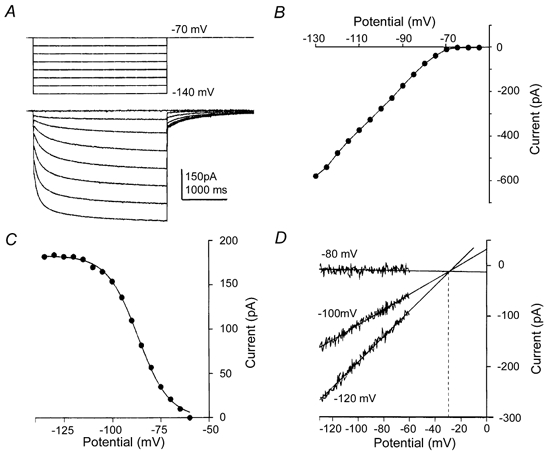Figure 1. A hyperpolarization-activated inward current is present at presynaptic nerve terminals.

A, hyperpolarizing voltage steps (above) from a holding potential (HP) of -70 mV revealed a slowly activating and non-inactivating inward current (lower traces) which deactivated slowly on return to the HP. B, a plot of the leak-subtracted current-voltage relationship from a terminal shows activation on hyperpolarizations negative to -65 mV. C, the activation curve is plotted for another terminal. The tail current magnitude (measured on return to a HP of -60 mV) is plotted against the prior command voltage (applied for 3 s). The continuous line is the fit to a Boltzmann distribution with half-activation of -93 mV and slope of 8.0 mV. D, the reversal potential was estimated by extrapolation of 10 ms voltage ramps applied over a range of holding potentials straddling the activation voltage (-80, -100 and -120 mV). The reversal potential is indicated by linear regression of the three leak subtracted voltage ramps (continuous lines) and was found to be -30 mV (dotted line). The characteristics of this current are consistent with the conclusion that it is the hyperpolarization-activated cation current, Ih.
